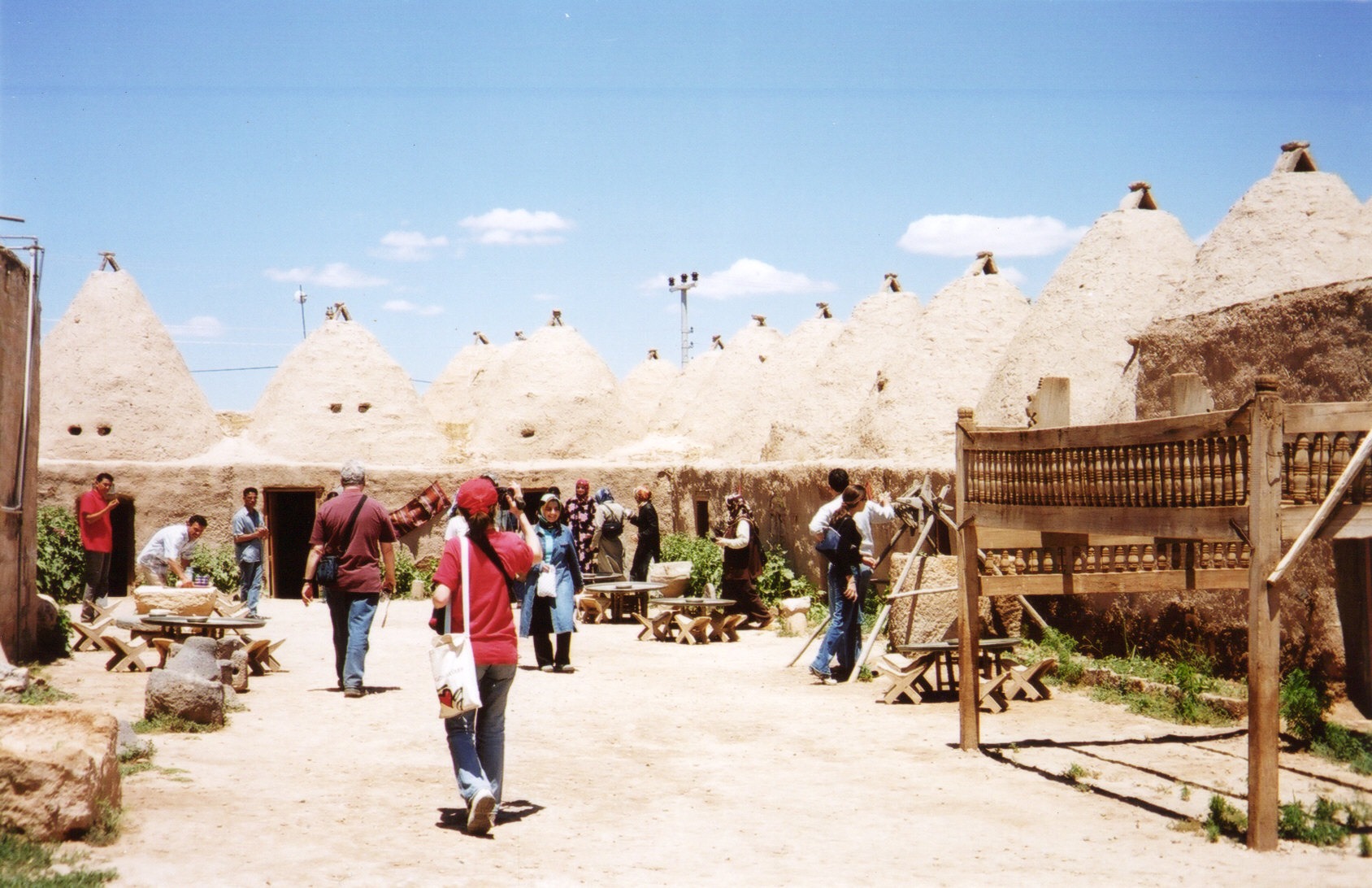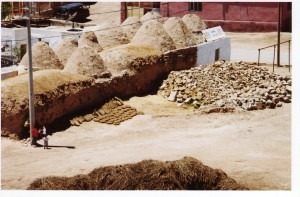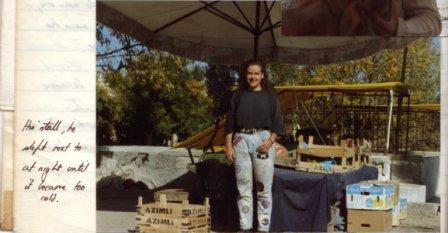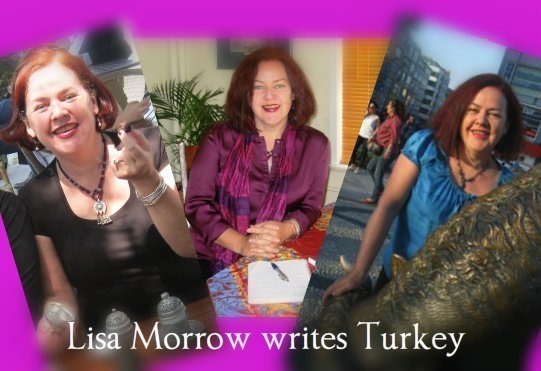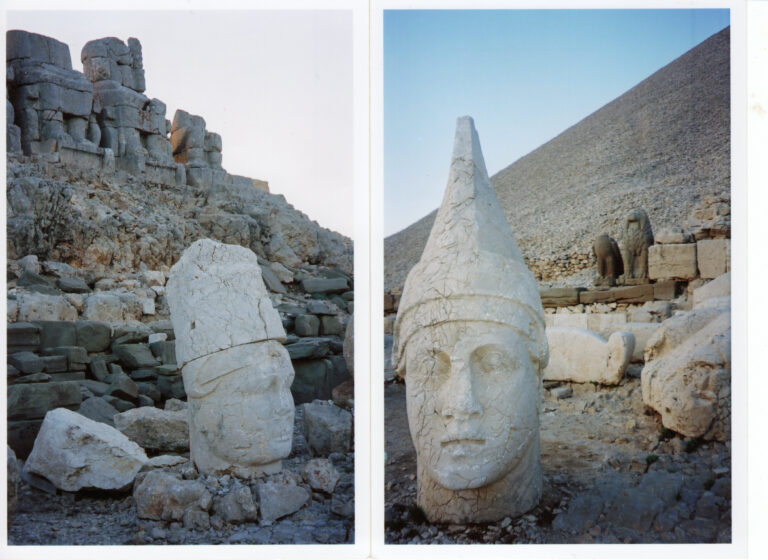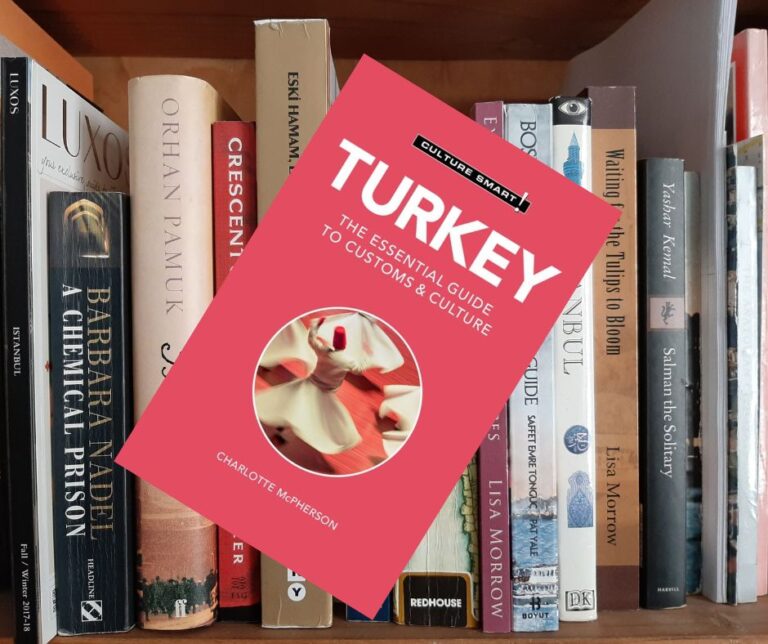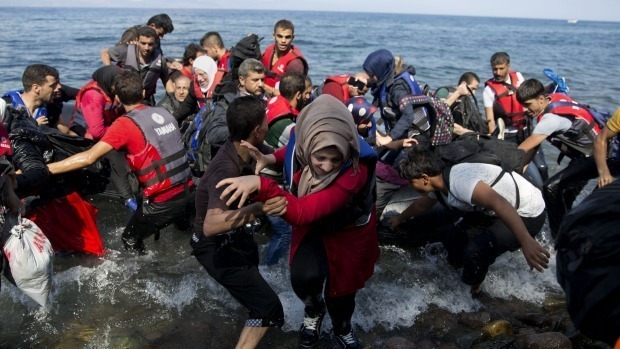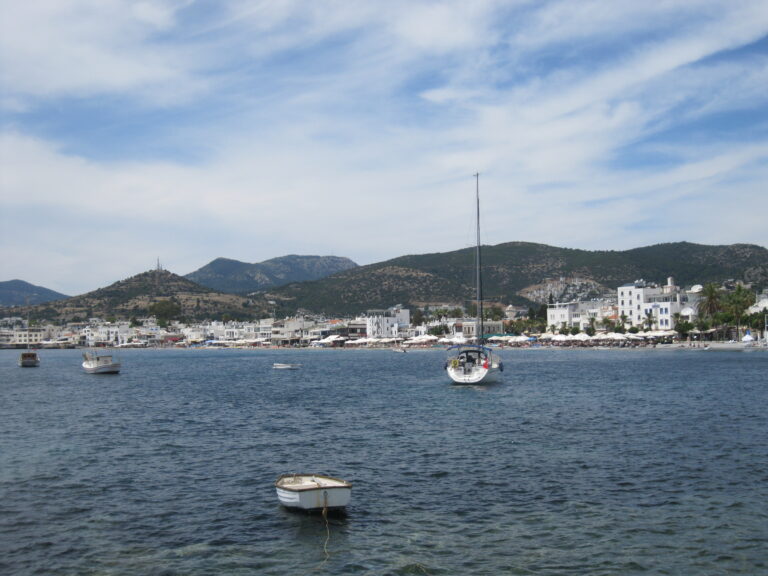Harran, Eastern Turkey – All singing, all dancing Part II
Read on to find out what happened on my Eastern Turkey tour with 52 students who sang, danced and ate the whole time. There was very little sleep to be had!
…We were headed for Harran, a small town in famous for its beehive shaped houses made from dried mud. Disappointingly, when we arrived I saw that like many rural Turkish towns it was ramshackle and run down. It had the added attraction of grotty little children who tugged at our clothes and asked for money. We headed into the ruins of the castle to escape them and once there enjoyed the cool of the interior while marveling at how impressive the city would originally have been. Wandering back to the students, we followed them to a neat compound of beehive houses put on display by the Ministry of Tourism. Out in the courtyard there were platforms made of wood. As we stood looking at them Ebru, another of the trip organizers, came up and asked us,
“Have you seen these before teachers?”
“Yes”, I replied, “But mainly in museum houses.”
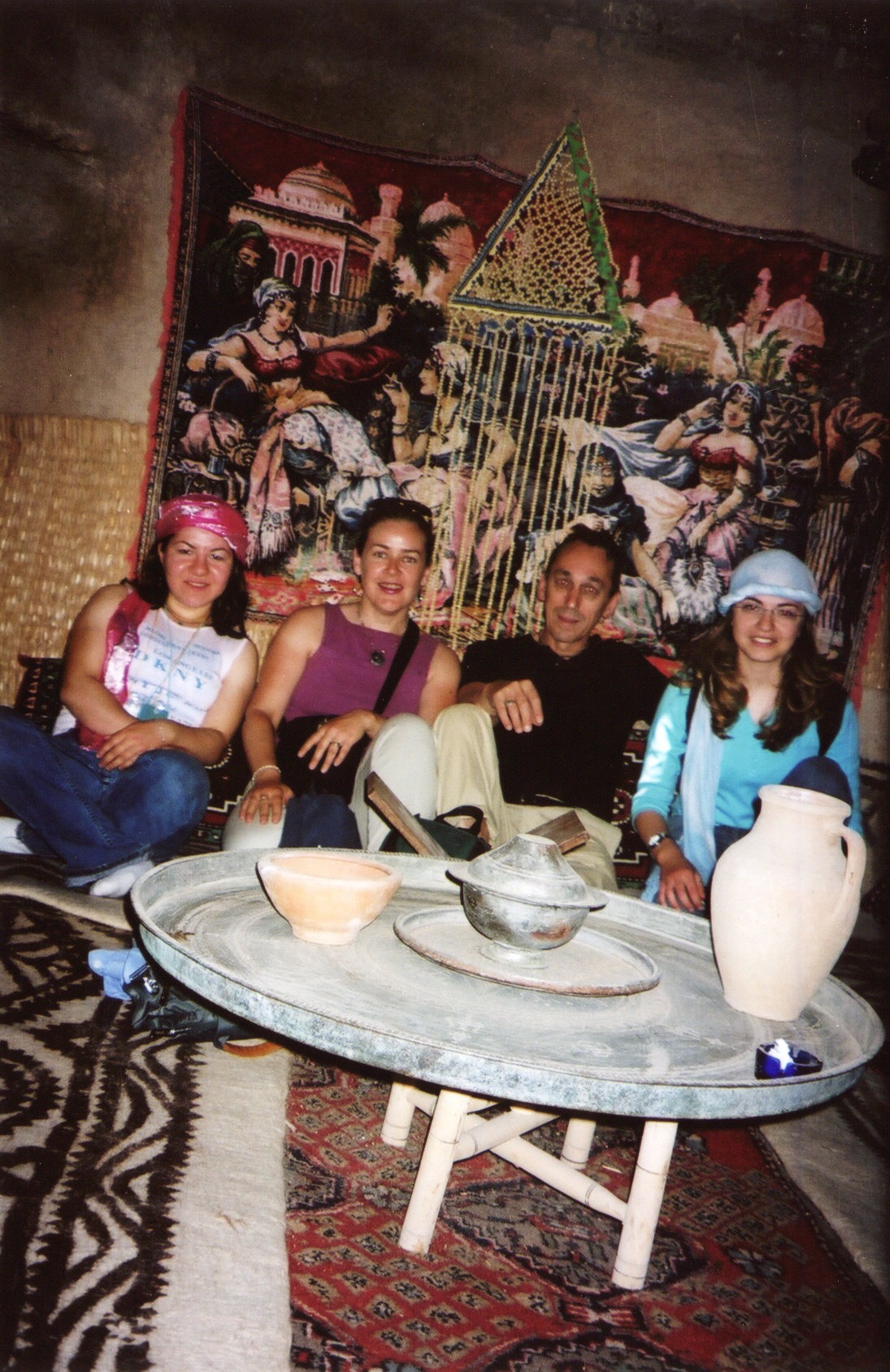
“Oh, you should talk to Fatoş. I mean Fatma. She was born near here, she can tell you. Fatma!” she called out.
“Hello”, said Fatma when she reached us. She was a cheery girl with jet black hair and darker skin than the others. Ebru spoke quickly to her in Turkish, then Fatma began to explain. “I come from Birecik. We have many farms and in the summer we sleep on these platforms. They are very good at night because they are high up and they catch the cool breezes.”
“How hot does it get here in summer?” I wanted to know.
“Sometimes it goes to 50 degrees.”
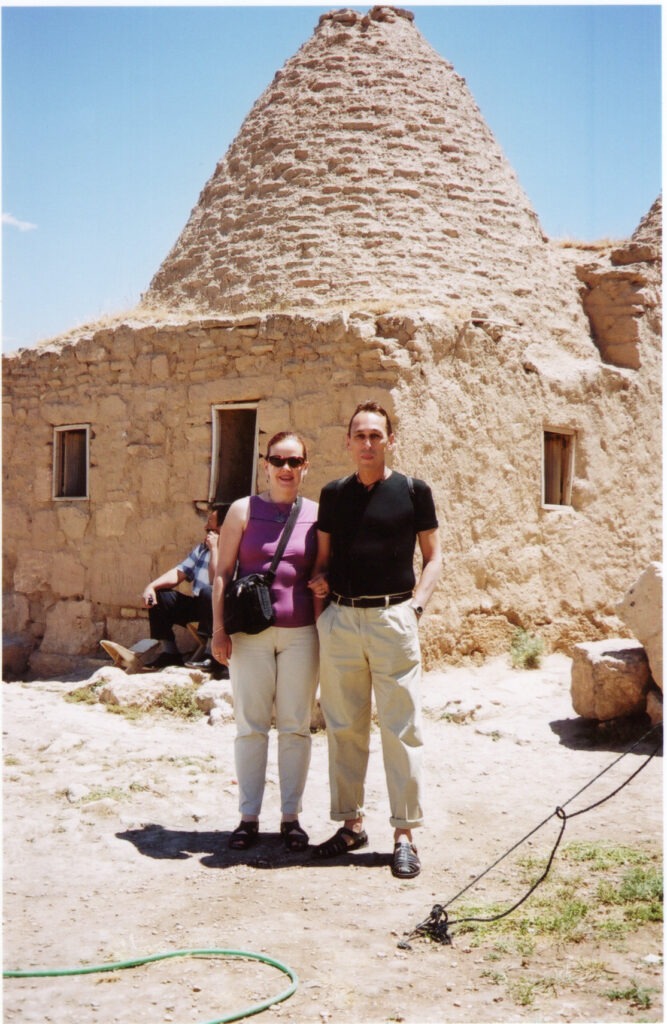
“Wow, that’s really hot”, I exclaimed.
“Yes, but we are used to it. My family came from Syria before so we like the hot weather.”
“You must find Kayseri pretty cold in winter then”, suggested Kim. A roll of her eyes told us how she felt about the nights when it got to as low as minus thirty.
“Have you seen inside?” asked, Kevser, who along with Emine had come to listen to the conversation.
“No, is it good?” I asked.
“Come, you must come!”
Accompanied by about ten girls, Kim and I ducked through a low doorway into a cool dim interior. The first room served as a shop and was filled with scarves and other souvenirs, but Ebru led us straight past the young man standing guard to a series of other interconnected rooms. Eventually we found a small room set up for tourists, judging by the assortment of gowns and scarves in which to dress up. We did exactly that and clad in rich brocade gowns we drank tea. After the initial excitement of comparing our finery the conversation turned to the girls’ impressions of Harran.
“I think it is very bad”, said Zeynep.”
“Why?” I asked in surprise.
“I spoke to the children out there, you know the ones up near the castle?” Looking at me intently she continued, “There is a primary school here in Harran, and a high school. They don’t have to travel to go to school but all of them want to work in tourism. Did you see their clothes? They are very dirty. They don’t need to do this but they choose to. Other children do not have such an opportunity for education and here they ignore it. It is very bad”, she finished with a frown. The other girls teased her for being so serious but they all agreed when Ebru said, “This is not the picture we want tourists to have of Turkey. Maybe we are a poor country but we are not all uneducated!”
The complete version of my trip to Harran and the rest of the Eastern Turkey tour is available in my second collection of essays called Exploring Turkish Landscapes: Crossing Inner Boundaries. Buy your copy today!
